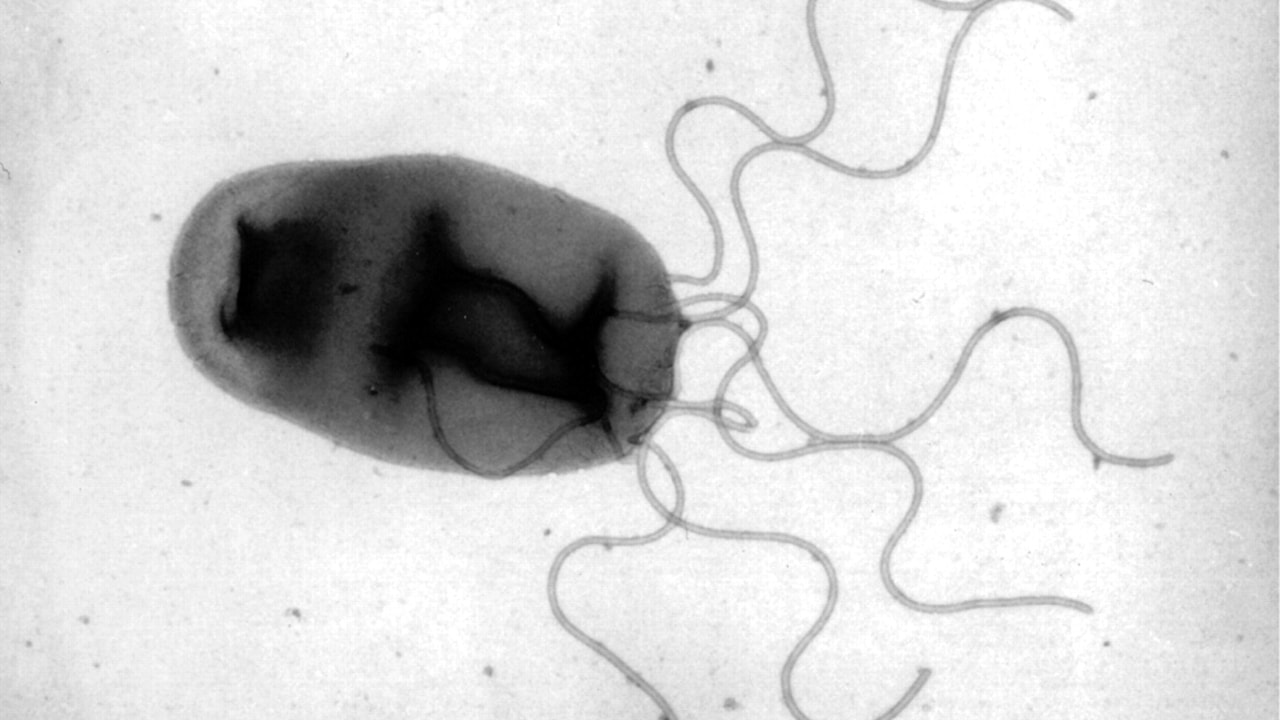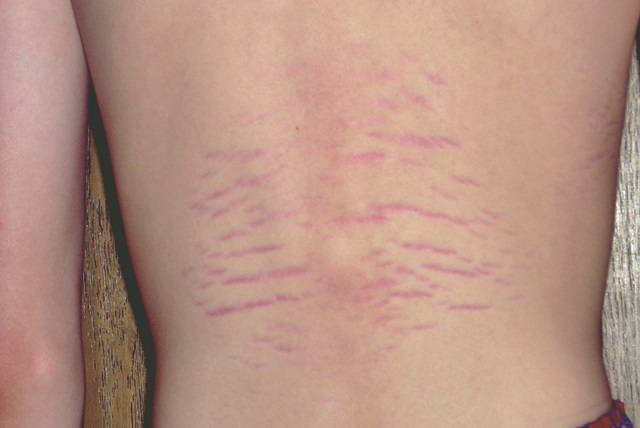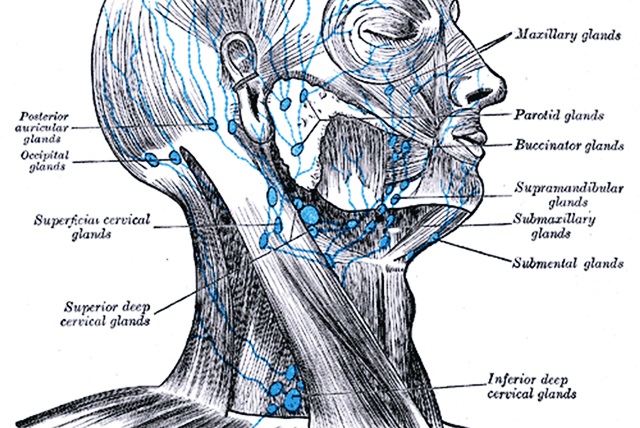Bartonella Symptoms
A Gram-negative Bacterium that Infects Endothelial Cells
Another co-infection that can accompany chronic Lyme disease is bartonella, a gram-negative bacterium. Bacteria are categorized into two main categories: gram-negative and gram-positive. In order to determine if a bacteria is gram-negative or gram-positive, the bacteria are simply stained with a dye, violet or red. Bacteria that retain the violet dye do so because their peptidoglycan layer is much thicker, allowing it to hold onto the dye, and they're considered gram-positive.
Bacteria that don't retain the violet dye are then dyed red, which means their peptidoglycan layer is much thinner, and are therefore considered gram-negative, as bartonella is. Determining peptidoglycan layer thickness is important for knowing the antibiotic resistance capabilities of the bacteria.
|
Bartonella can be transmitted through the bite of a tick, as well as the scratch of a cat, or the bite of a flea. When bartonella enters the body, it is well known for infecting and living in endothelial cells.
Endothelial cells are simply the cells that comprise the innermost wall of blood vessels and the lymphatic system (lymphatic vessels). Bartonella is also known for infecting red blood cells, the liver (raising its enzyme levels), the spleen, the heart (making fat deposits that disrupt the heartbeat), and every other organ in the body.
|
|
Most Common Bartonella Symptoms
As with the many infections one could acquire, there are many symptoms these infections share such as fatigue, brain fog, and joint and/or muscle pain. While these symptoms are important to identify the cause of and address, it's important to look for signs and symptoms that tend to be more indicative of a specific pathogen. The symptoms outlined below are some of the most common, hallmark symptoms bartonella can exhibit in the human body, corroborated by the many Lyme professionals.
Skin InvolvementSkin involvement is huge with bartonella as the pathogen is capable of inducing VEGF (vascular endothelial growth factor) within the body. VEGF is a protein produced by cells that stimulates the creation of new blood vessels. Because bartonella unnaturally stimulates this otherwise natural process, the process is unregulated as capillaries open, dispelled blood which causes the marks on the skin. Skin manifestations include rashes, acne, papules, nodules or lumps under the skin, and the most well-known skin manifestation, striae, also known as "bartonella streaks" or stretch marks.
|
Unexplained/Unproductive CoughDr. Klinghardt, MD says that bartonella -- as well as babesia -- "live largely in the lungs". Stephen Buhner says that he tends to see coughing "more commonly with bartonella than Lyme". Experiencing a long-term cough without an apparent origin or benefit to the cough, could be a symptom indicative of a bartonella infection.
|
Enlarged Lymph NodesBecause bartonella has an affinity for infecting and living within endothelial cells, inflammation (i.e., enlarging) of the lymph nodes (i.e., lymphadenopathy) is very indicative that bartonella may be present. While an enlargement of the lymph nodes doesn't happen in every bartonella case, when it does, bartonella should seriously be considered.
|
Pain in the Soles of the Feet/Bone PainOne symptom truly specific and common to a bartonella infection, and is noted by Stephen Buhner, Dr. Marty Ross, M.D., and Dr Wayne Anderson, N.D., is pain in the soles of the feet - usually both. The pain is attributed as bone pain and is worse after getting up from lying down, or after standing for extended periods of time. Dr. James Schaller, M.D. refers to bartonella's effects on the skeleton system as a "bone infection".
|
Severe Mood SwingsBartonella can heavily influence the mind and its emotional workings, with severe and sudden moods swings ranging from extreme rage -- sometimes referred to as "homicidal rage" -- to panic attacks, agitation, and severe depression, making one prone to suicide. Stories have been noted where people who were later discovered to be dealing with bartonella, were initially diagnosed with the flu, multiple sclerosis, schizophrenia and bipolar disorder.
|
Severe Nervous System InvolvementWhile the bacteria responsible for Lyme disease can cause neurological symptoms as well, bartonella does so on a different, more deleterious level. The nervous system really takes a hit when bartonella is present, as the better known symptoms of intense pain, numbness, crawling, burning and buzzing sensations, and a "pins and needles" type feeling, especially in the feet, present. Lesser acknowledged nervous system inflictions by bartonella can include seizures, brain inflammation, headaches, and chemical sensitivities.
|
Eye SymptomsBartonella can be very troublesome to the eyes and cause a vast array of visual disturbances. Aside from the basics such as pain in the eyes, on the more extreme side, symptoms such as hallucinations, blurred vision, a disturbance of depth perception, pink eye, and even retinal damage may occur.
|
Bladder SymptomsThose with a bartonella infection may notice changes in how their body removes urine. Pain or burning sensations may present during urination, urine that is "cola-colored" -- as Stephen Buhner notes -- an increased sense of urgency to go to the bathroom, and difficulty in expelling urine. Moving up the excretory system into the kidneys, urinary tract infections are known to happen as well other renal disorders.
|
Other Bartonella Symptoms
There really isn't a part of the human that bartonella does not disrupt or affect to some extent, which is why it's referred to as the "most intense tick-borne infection" by Stephen Buhner, and "far more serious than Lyme disease" by Dr. James Schaller, M.D.
|
|
The list of possible symptoms a person infected with bartonella might experience is rather extensive and can also include, but isn't limited to, heart complications, renal issues, ear involvement, reproductive complications, fever of unexplained origins, fatigue, brain fog (cognitive dysfunction), shortness of breath, gallbladder dysfunction, fainting, excessive sweating during the day, chest pain, anxiety, elevated liver enzymes, and gastrointestinal disorders (e.g., GERD).
A lot of undeserved credit for having the most ubiquitously pernicious effect on the human body goes to the Lyme bacteria, but more of it should be given to bartonella, as it can easily surpass Lyme in terms of its debilitation.
|
Yes, bartonella is technically a co-infection in relation to Lyme disease, but it's also a co-infection in relation to babesia or mycoplasma for that matter. The point is to remember that the prefix "co" is simply a reduced form of the latin prefix "com", meaning "with" or "together", and in no way suggestive of how harmful, crippling, and debilitating a pathogen can be.
Resources
- Buhner, Stephen Harrod. Healing Lyme Disease Coinfections: Complementary and Holistic Treatments for Bartonella and Mycoplasma. Rochester: Healing Arts, 2013. 291-98. Print.
- Alberts, Bruce. "Blood Vessels and Endothelial Cells." National Center for Biotechnology Information. U.S. National Library of Medicine, 2002. Web. 31 July 2016.
- Buhner, Stephen. Trans. Scott Forsgren. Notes From Buhner Conference on Tick-Borne Diseases (2013): n. pag. Better Health Guy. 2 July 2013. Web. 31 July 2016.
- Anderson, Dr. Wayne, ND. "Bartonella Like Organisms (BLO): Consideration, Signs and Symptoms." Gordon Medical Associates: Unravelling Complex Chronic Illness. N.p., 17 Feb. 2013. Web. 31 July 2016.
- Ross, Dr. Marty, MD. "It Could Be Bartonella or Babesia: The Symptoms and Signs. - The Treat Lyme Book." The Treat Lyme Book. N.p., 28 Oct. 2012. Web. 31 July 2016.
- Schaller, Dr. James, MD. "Ignore Bartonella and Die: Trivializing Bartonella Is Like Ignoring TNT." Public Health Alert. N.p., Aug. 2007. Web. 31 July 2016.
- Bruckner, Monica. "Gram Staining." Microbial Life. N.p., n.d. Web. 31 July 2016.
- "Gram-positive vs Gram-negative Bacteria." Diffen. N.p., n.d. Web. 31 July 2016.
- Institut Für Medizinische Mikrobiologie, Eberhard- Karls-Universität, and Elfriede-Aulhorn-Str. 6. "Evidence of a Leading Role for VEGF in Bartonella Henselae-induced Endothelial Cell Proliferations." National Center for Biotechnology Information. U.S. National Library of Medicine, Sept. 2001. Web. 31 July 2016.
- Schaller, Dr. James, MD. "Bartonella Is Becoming the Most Important Issue in Treatment of Lyme." Public Health Alert 3.5 (2008): 1-2. Print.
- Klinghardt, Dr. Dietrich, MD. "BetterHealthGuy.com - A Site Dedicated to Lyme Disease and Mold Illness - Klinghardt Conference: Lyme and Other Chronic Infections." Better Health Guy. Trans. Scott Forsgren. N.p., 21 July 2014. Web. 31 July 2016.
- Buhner, Stephen. "Coughing Related to Lyme?" Buhner Healing Lyme Q & A. N.p., 21 May 2012. Web. 31 July 2016.
Also on Tired of Lyme
Refresh
Refresh
Subscribe to Tired of lyme!
Subscribe to Tired of Lyme's mailing list and get notified of new articles!













Comments